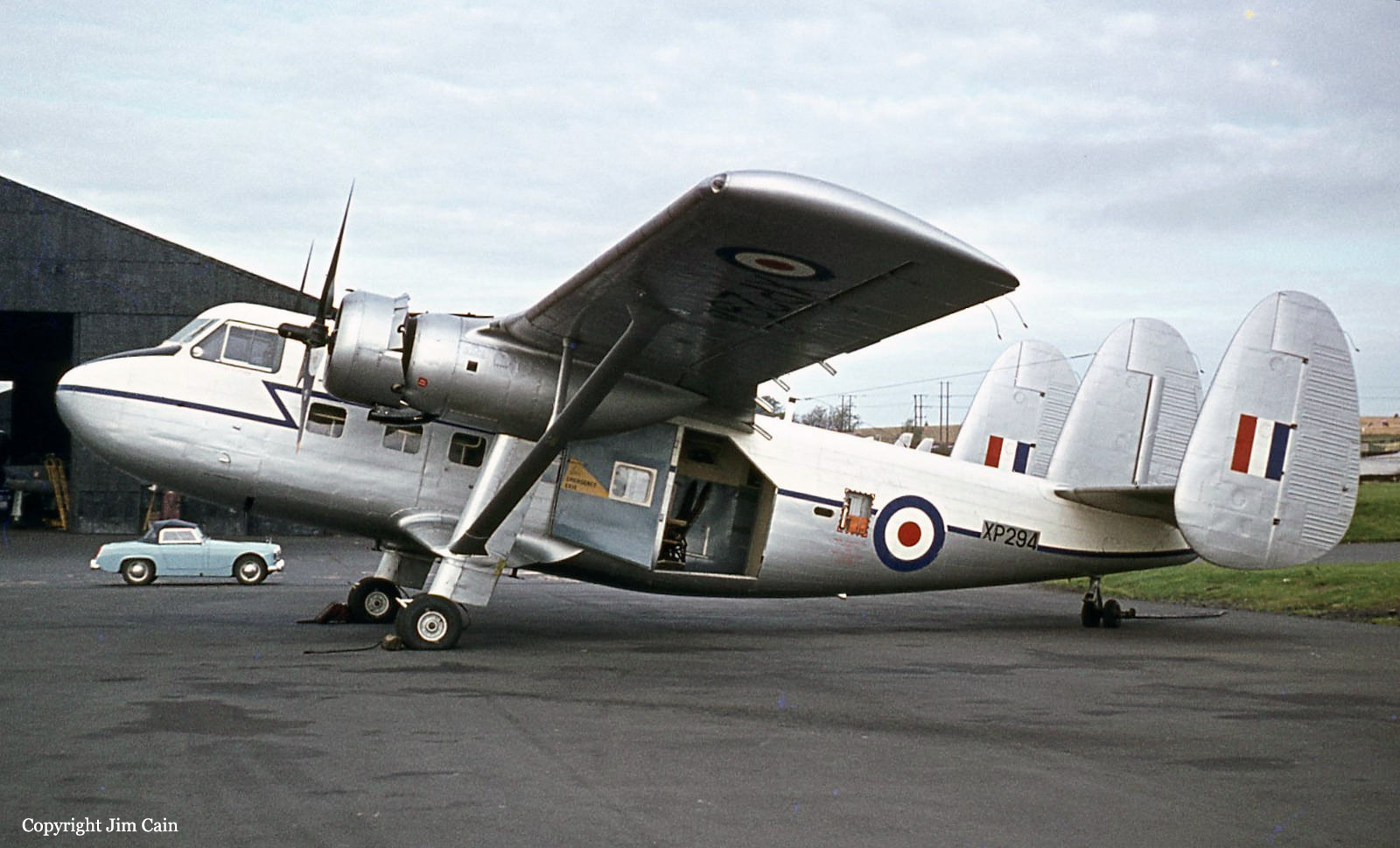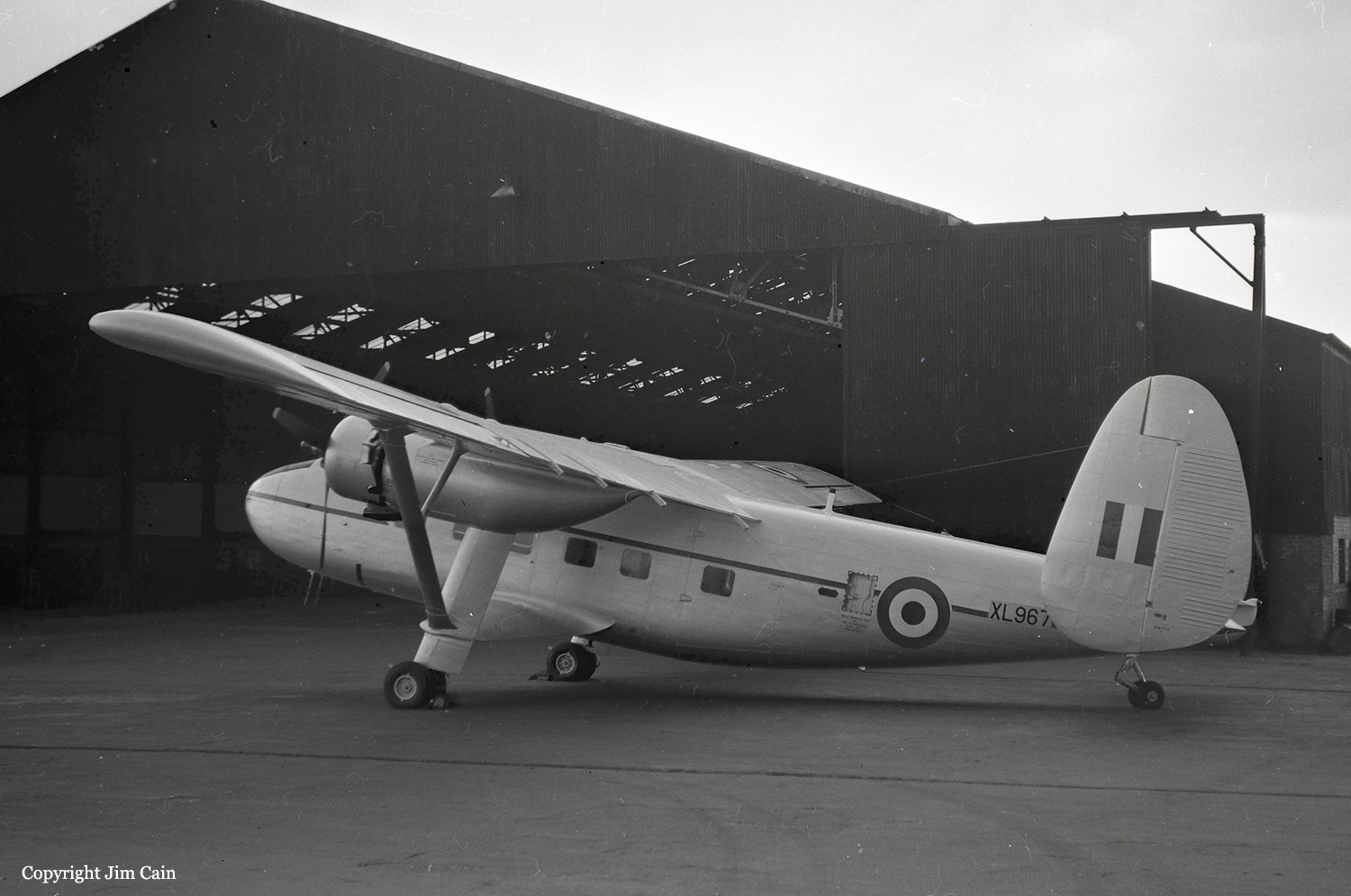Crash of a Scottish Twin Pioneer CC.1 in Bario
Date & Time:
Sep 11, 1964
Registration:
XP294
Survivors:
Yes
MSN:
572
YOM:
1961
Crew on board:
4
Crew fatalities:
Pax on board:
0
Pax fatalities:
Other fatalities:
Total fatalities:
0
Circumstances:
After landing on a wet runway in Bario, the airplane skidded, veered off runway and came to rest in a ravine. All four crew members escaped uninjured while the aircraft was written off.







